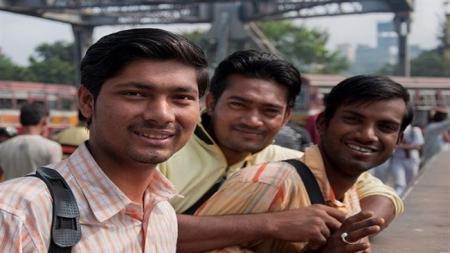
By Rana Kapoor* The increased focus on human capital development in India’s Budget 2017 to empower the youth is indeed a welcome step. The several key announcements in education, skills and youth development shall have structural and long term impact on quality of education, availability of qualified manpower and preparing the next generation for the hyper age of automation.
All aspects of human capital development have been addressed in the budget. The provision to introduce measurement of annual learning outcome in schools of 3,479 educationally backward blocks could be a game changer in improving the quality of elementary education. To ingrain the element of innovation at the school level, an innovation fund is to be created for secondary education for ideation on solutions for universal access, gender parity and quality improvement.
The quality of higher education is sought to be improved through greater autonomy for colleges based on quality metrics and accreditation. These efforts will be further amplified by online courses through the SWAYAM platform which will offer at least 350 online courses.
In medical education and healthcare, the budget has made provisions for increasing 5,000 PG seats to tide over the severe lack of specialists in clinical practice.
It has also proposed to allow select private hospitals to offer DNB courses in specializations and has added to the provision of public sector tertiary care through two additional AIIMS in Gujarat and Jharkhand.
With a focus on streamlining regulatory architecture and reorienting education regulation towards academics and quality, the budget has emphasized on reforming the UGC and has proposed a new authority for conducting all entrance exams, thereby freeing the CBSE and ICSE from the tedious administrative exercise.
The skills ecosystem will be improved by extending the Pradhan Mantri Kaushal Kendras to more than 600 districts. Separately, 100 India International Skills Centers are proposed across the country to make life easier for outbound immigrants looking for soft skills and foreign language.
The next phase for Skill India is envisaged as Strengthening for Industrial Value Enhancement (STRIVE) to be launched with an additional budget of INR 2,200 crore. STRIVE will focus on improving the quality and market relevance of vocational training provided in ITIs and strengthen the apprenticeship programs through industry cluster approach.
Overall, the government realizes that infrastructure and social sectors are two pillars to enable balanced growth of the economy. India was ranked a 130th among 188 countries in the 2015 edition of the UNDP HDI Index which broadly measures life expectancy, education and per capita income.
This was despite the fact that real per capita GDP has grown 6.2 percent during 1990-2014; improving the education and health standards are therefore imperative for raising living standards of the population. This holds true for an evolving world driven by new age technologies, automation and digitization.
The announcements in the budget aim at creating an enabling ecosystem for financing social sector and channelizing private sector capital towards actualizing the much needed change in India’s socio-economic development.
